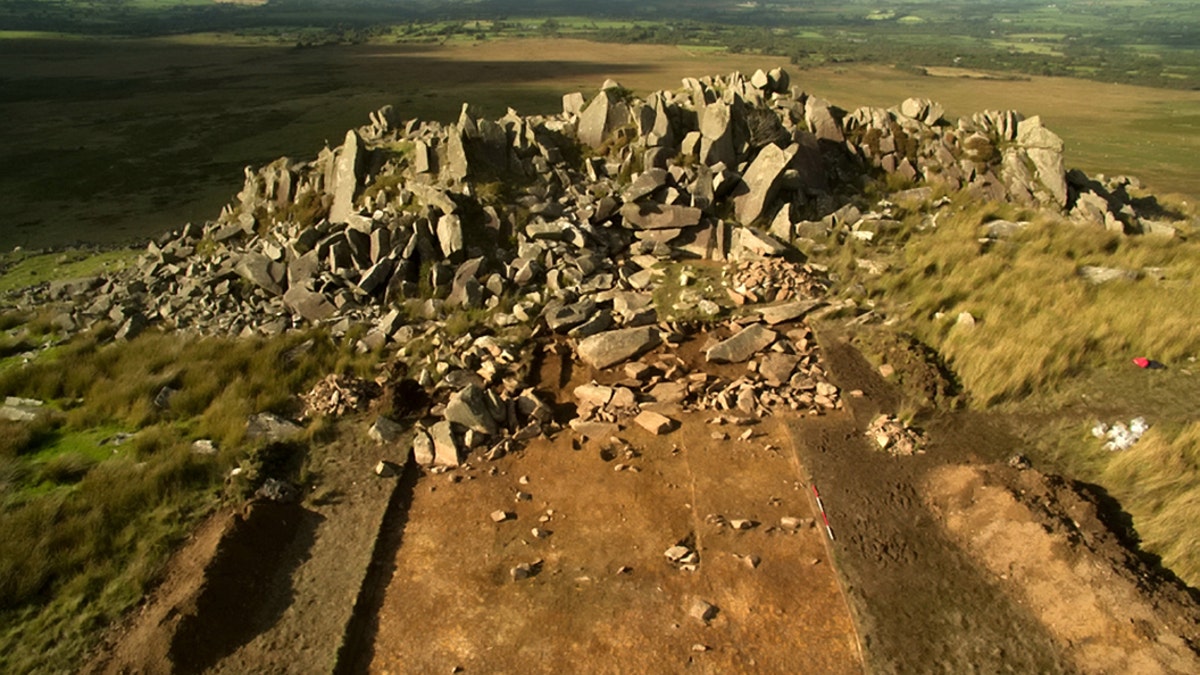Stonehenge’s biggest mystery solved?
A new study reveals that one of the biggest mysteries attached to the ancient monument has been solved, where the giant rocks came from.
Stonehenge has long bewildered researchers and onlookers. Now, a new study reveals that one of the biggest mysteries attached to the ancient monument has been solved — where the giant rocks came from.
The study, published in the archaeological journal Antiquity, reveals that the quarry where the stones originated from is approximately 180 miles away, in Pembrokeshire, in the western part of Wales.
"Every other Neolithic monument in Europe was built of megaliths brought from no more than 10 miles away," said Mike Parker Pearson, archaeology professor at the University College London, in a statement.
"We're now looking to find out just what was so special about the Preseli hills 5,000 years ago, and whether there were any important stone circles here, built before the bluestones were moved to Stonehenge."
STONEHENGE MYSTERY SOLVED? PREHISTORIC SAILORS MAY HAVE BEEN RESPONSIBLE FOR LEGENDARY STRUCTURE
Pearson added: "What's really exciting about these discoveries is that they take us a step closer to unlocking Stonehenge's greatest mystery — why its stones came from so far away."
Though the study does not answer why the stones originated from so far away, researchers believe it's because the bluestone outcrops were made of natural, vertical pillars, making them easier to move.

Quarrying of the 'bluestones' used in the construction of Stonehenge took place 180 miles away in Wales 5,000 years ago, according to a new study. Excavations at two Welsh quarries - known to be the source of the Stonehenge 'bluestones' - have provided new evidence of megalith quarrying around 3000 BC. (Credit: SWNS)
"Bluestone pillars could be eased down onto this platform, which acted as a loading bay for lowering them onto wooden sledges before dragging them away," said University of the Highlands and Islands professor Colin Richards in the statement.
The new study concurs with other recent papers, that the stones were quarried around 3,000 B.C., as researchers found pieces of charcoal that are dated back to then.
The archaeologists now believe that the megalithic structure was initially a circle of unworked bluestone pillars put into pits, with the sandstone blocks added approximately 500 years later.
"Some people think that the bluestones were taken southward to Milford Haven and placed on rafts or slung between boats and then paddled up the Bristol Channel and along the Bristol Avon towards Salisbury Plain," said Bournemouth University professor Kate Welham. "But these quarries are on the north side of the Preseli hills so the megaliths could have simply gone overland all the way to Salisbury Plain."
STONEHENGE SECRET REVEALED? SCIENTIST SUGGESTS NEW THEORY ABOUT ANCIENT SITE
The origins of Stonehenge have been widely debated. In August 2018, a study found that 10 of the cremated remains buried at the prehistoric monument came from western Britain, with some from southwest Wales, as opposed to Wiltshire, where the monument was built.









































